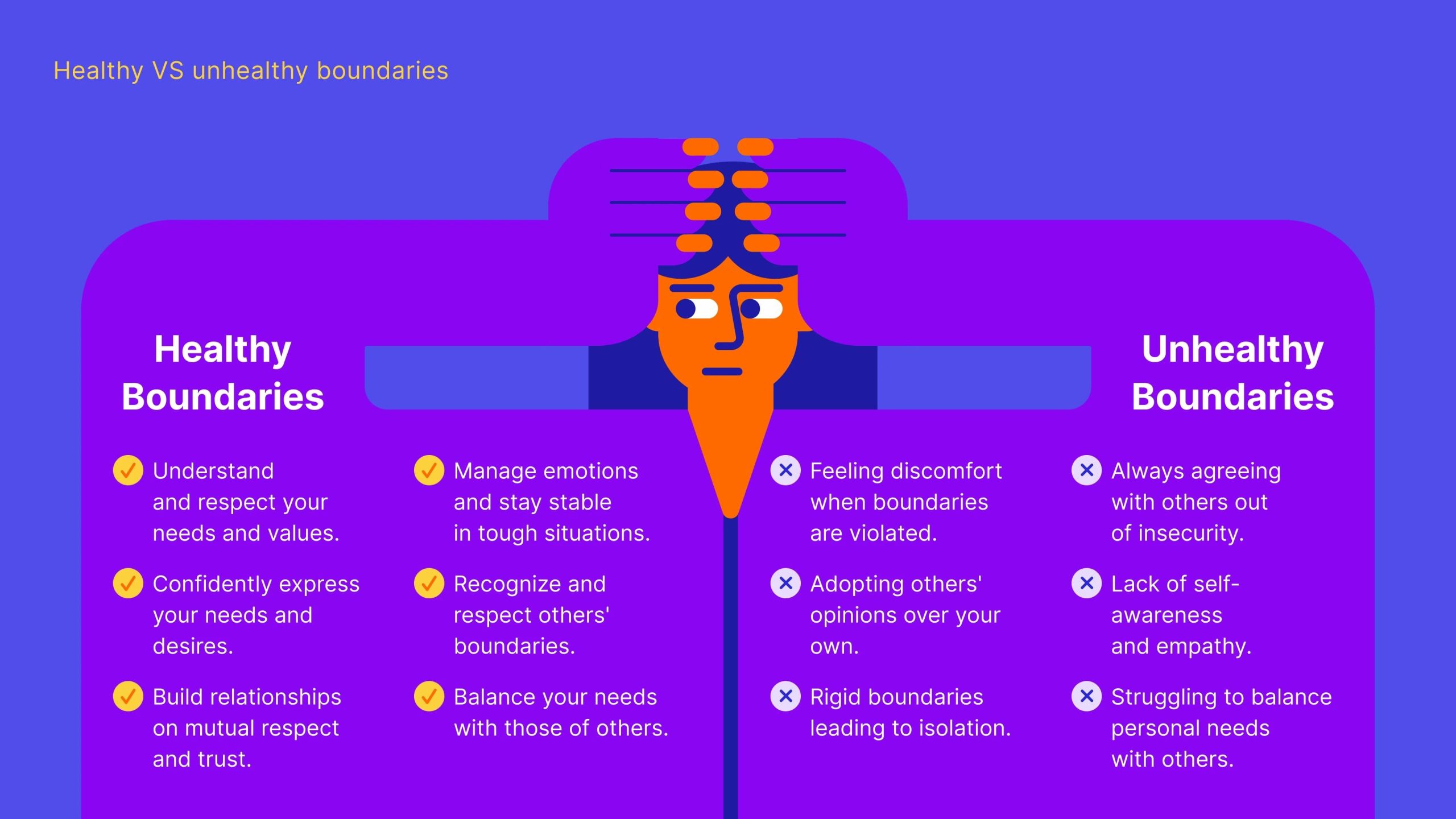In modern professional life, it is easy to become disconnected from the body. The demands of work, long hours in front of screens, constant notifications, and the pressure to always be “on” often encourage people to live in their heads, treating the body as little more than a vehicle that carries them from one responsibility to the next. Over time, this disconnection can lead to stress, fatigue, and even chronic health issues because the subtle signals the body sends are ignored or suppressed. Reconnecting with the body is not about perfection or adopting elaborate wellness routines but about cultivating awareness and respect for the signals that guide balance and vitality.
One of the simplest ways to begin this reconnection is by paying attention to the rhythms of energy throughout the day. Many professionals override tiredness with caffeine or power through hunger with another meeting, but these choices often mask what the body is asking for. Tuning in to natural energy shifts provides valuable information. Feeling consistently sluggish in the afternoon, for example, may point to a need for lighter lunches or short movement breaks rather than yet another cup of coffee. Recognizing these patterns turns vague discomfort into actionable insight, creating a stronger partnership between mind and body.
Movement is another gateway to bodily connection, not only because it strengthens muscles and improves circulation but because it fosters awareness. Too often, exercise is framed as a task to burn calories or achieve a certain appearance, which can reinforce disconnection by reducing the body to a performance metric. Instead, movement can be approached as a dialogue with the body, noticing how it feels during a walk, stretch, or yoga session. A busy executive might discover that a morning run is less about hitting a distance goal and more about noticing the rhythm of breath and the sensation of muscles warming up. This shift transforms movement into a practice of listening rather than pushing, deepening the connection.
Breath also offers a powerful bridge between mind and body. Under stress, breathing becomes shallow and rapid, fueling anxiety and reducing oxygen flow. By bringing conscious attention to breath, individuals can immediately influence their state of being. A few slow, deliberate breaths before a presentation or after a tense meeting can calm the nervous system and restore clarity. Breathing is one of the few bodily processes that happens automatically yet can be controlled intentionally, making it an accessible tool for reconnection. Over time, cultivating awareness of breath fosters a habit of noticing bodily cues more broadly.
Food provides another area where reconnection is often needed. In fast-paced professional lives, meals are frequently rushed, eaten at desks, or chosen out of convenience rather than intention. This disconnection can dull awareness of hunger and fullness cues, leading to overeating or reliance on quick fixes that leave the body feeling depleted. Reconnecting through mindful eating involves slowing down, noticing flavors, textures, and how food makes the body feel afterward. For example, recognizing that a heavy lunch leaves you lethargic during afternoon meetings creates an opportunity to choose a lighter option next time. This approach shifts eating from an unconscious routine to a mindful act of nourishment.
Rest and recovery also reveal the quality of the mind-body connection. Many professionals pride themselves on burning the candle at both ends, yet chronic fatigue and irritability are often signals that the body’s need for rest has been neglected. Listening to these cues means honoring sleep as a core component of productivity, not an obstacle to it. Just as businesses invest in maintenance to prevent breakdowns, individuals must invest in rest to sustain performance. Reconnecting with the body involves not just pushing harder when needed but also respecting limits and allowing space for renewal.
Stress management highlights the importance of bodily awareness as well. Stress often manifests physically long before it registers mentally—tight shoulders, clenched jaws, shallow breathing. By noticing these signals early, professionals can intervene before stress escalates into burnout. Practices such as stretching at a desk, pausing for a short walk, or simply rolling the shoulders back provide immediate relief and reinforce the habit of paying attention. The body acts as a constant feedback system, and the more we learn to interpret its signals, the better we can manage the demands of professional life without sacrificing well-being.
The process of reconnecting with the body is not about control but about partnership. It requires setting aside the tendency to treat the body as something to dominate or optimize endlessly and instead approaching it with curiosity and respect. This reframing mirrors effective leadership in business: the best results come not from forcing outcomes but from listening, adapting, and nurturing strengths. A professional who treats their body as an ally rather than an obstacle finds greater resilience, sharper focus, and more sustainable energy.
Ultimately, reconnecting with the body is about living in alignment rather than opposition. It is about listening to hunger, honoring rest, embracing movement, and noticing stress signals before they escalate. This connection not only supports physical health but also enhances professional performance by creating a foundation of clarity and vitality. In a world where it is easy to disconnect and override, choosing to pay attention is both a simple and profound act. It reminds us that health is not something separate from work and life but an integral part of how we show up each day. By cultivating this connection, professionals can move through their lives with greater balance, resilience, and presence, turning health from an afterthought into a steady, supportive partner.





